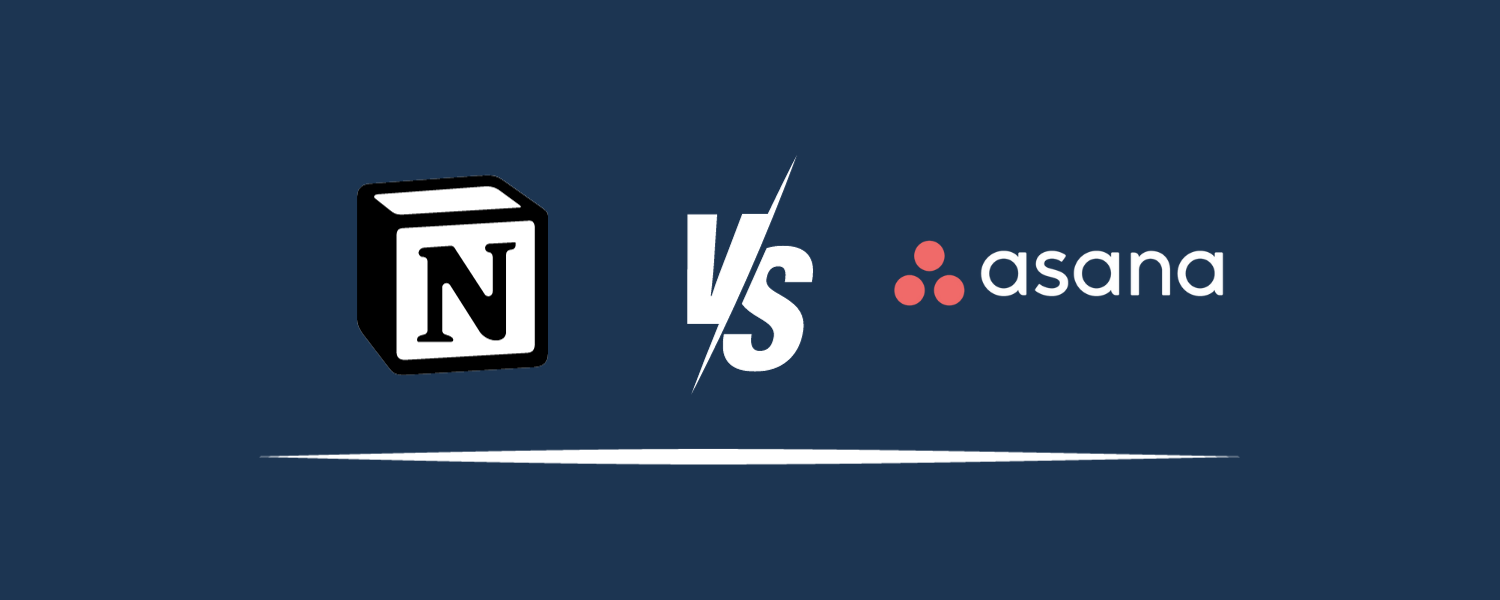Notion and Asana are two of the biggest names when it comes to project management tools and organization in 2024. Although they have similar features, both apps have important differences that every individual or team should consider before finally deciding on one. This comprehensive comparison delves deep into the functionalities, user experience, and unique features of both platforms, offering insights into their pros and cons from our own perspective and experience.
Table of contents
Notion vs. Asana: Overview
| Feature | Notion | Asana |
|---|---|---|
| Ease of use | Can be complex due to the detailed interface and customization options | Generally considered easier to use due to its simpler interface |
| User interface | Detailed, with more options that may overwhelm new users | Minimalist and user-friendly, easier for beginners |
| Project & task management | Offers comprehensive project management features | More polished and streamlined project management tools |
| Flexible blocks | Central feature, allowing for a wide range of content types within a single workspace | Not a primary feature |
| Workflow automation | Simplifies automating workflows with customizable options | Features a work graph for creating unique workflows with customizable stages |
| Real time collaboration | Yes | Yes |
| Databases | Robust database features for organizing and manipulating a wide range of data | Limited database functionalities |
| Platforms | Web, Windows, Mac, iOS, Android | Web, Windows, Mac, iOS, Android |
| Integrations | Supports integrations with a few major apps, lesser need due to native features | Over 100 integrations with a wide range of apps |
| AI capabilities | Includes AI features beyond project management | Also introduced AI into their software, enhancing project management capabilities |
| File storage | Unlimited uploads with all plans (up to 5MP per file on free plan) | Unlimited uploads with all plans (100MB per file) |
| Pricing | Free | Plus: $8 per month | Free | Starter: $10.99 per month |
| Customer reviews | 4.7/5 on G2 | 4.3/5 on G2 |
Reasons to choose Notion
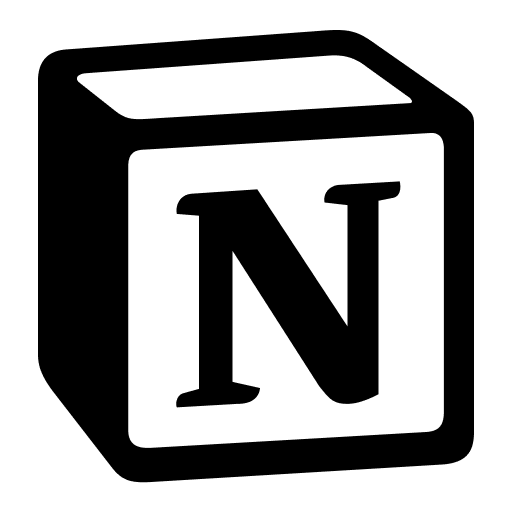
- Highly visual interface
- More flexibility
- Endless customization options with hundreds of templates
- Integrated databases
- Great for teams of any size
- Robust documentation tools, notes, and wikis
- Advanced AI assistant
Reasons to choose Asana

- Easy to use with a user-friendly interface
- Simple and efficient workflow
- Strong automation features
- Customizable work graph
- Over 100 app integrations
- Good team collaboration
- Agile project management
What is Notion?
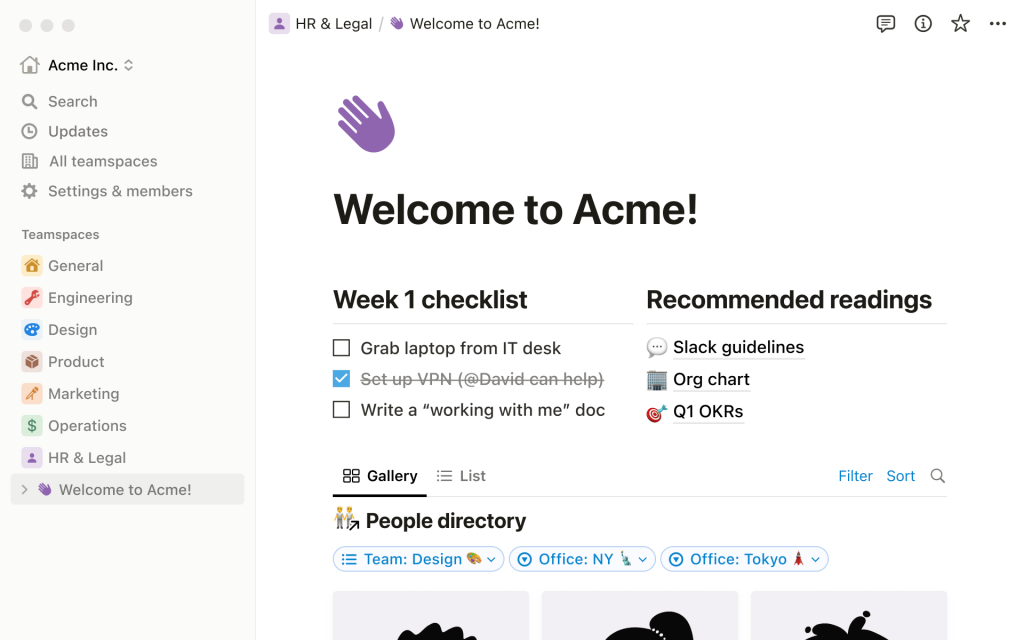
Notion is a comprehensive workspace platform that combines various aspects of productivity, task management, and collaboration. It was designed to provide a highly flexible environment where individuals and teams can create, plan, and organize their work.
Notion’s standout feature is its versatility in customization; it allows users to create anything from simple to-do lists to complex databases. This flexibility is further enhanced by its block-based structure, where each piece of content, whether text, image or a more complex element like a table, is a block that can be easily manipulated.
Key features
- Customization and flexibility
- Databases
- Integrated workspace
- Hundreds of templates
- Collaboration tools
- Information management
What is Asana?
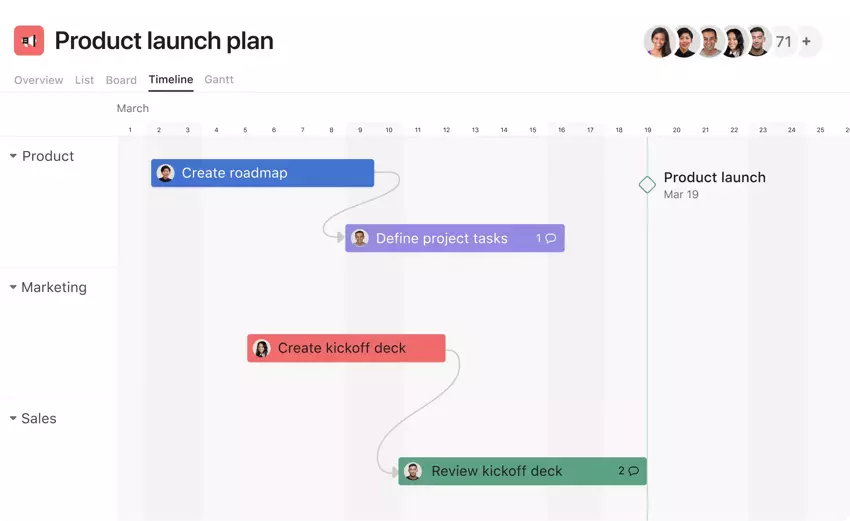
Asana is a well-established project management tool designed to help teams organize, track, and manage their work. Launched in 2008, Asana has become known for its user-friendly interface and robust feature set that supports various aspects of team collaboration and project tracking.
It is particularly favored for its streamlined task management capabilities and automations, making it a popular choice for businesses and teams of all sizes.
Key features
- Task management
- Views and reporting
- Collaboration features
- Automations
- Agile project management
Notion vs. Asana: What are the differences?
Let’s compare the most important differences between Notion and Asana.
Interface and design
Known for its minimalist and clean interface, Notion offers a very flexible and visually appealing design based on blocks. This flexibility, however, can be a double-edged sword.
New users might feel overwhelmed by the myriad of customization options and the need to set up their workspace from scratch. It caters to users who enjoy building and customizing their own systems, although it can also be useful if you use simple templates to start your new project.
Asana is often lauded for its intuitive and polished interface. It offers a more structured approach with a clear, user-friendly design. This makes it easier for new users to get started without much setup.
The interface is particularly praised for being easy to navigate, which enhances the user experience for both novice and experienced project managers.
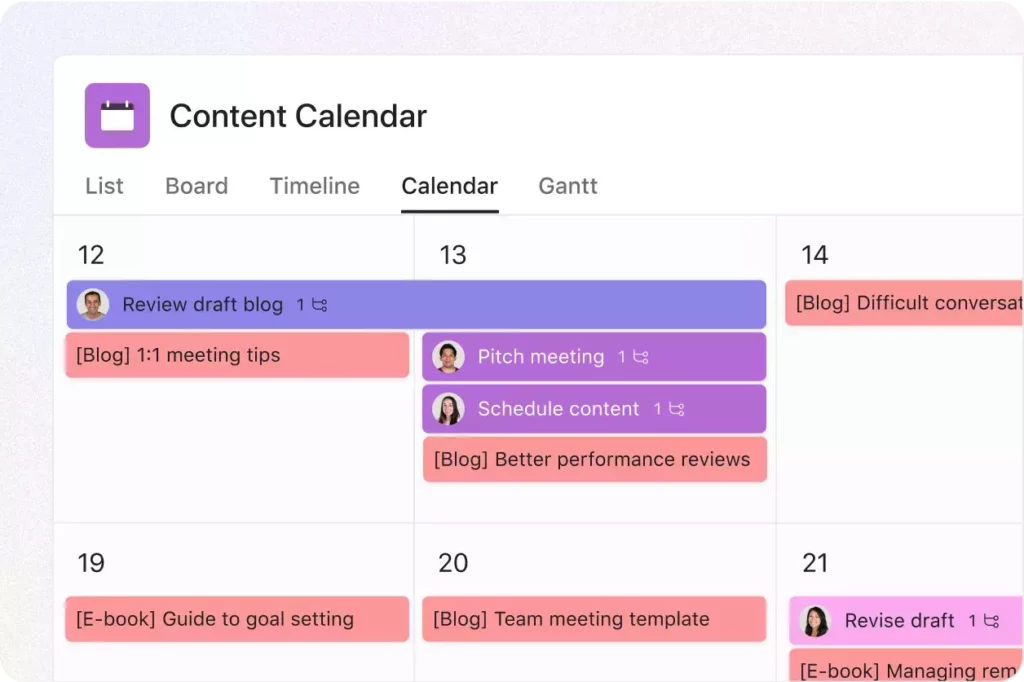
Project and task management
Notion is known for its flexible and customizable approach, two aspects that we love and really make a difference. It offers the ability to create a diverse range of documents, Kanban boards, lists, calendars, and views, which can then be tailored to the specific needs of a project.
Notion’s strength lies in its ability to act as a comprehensive workspace where you can integrate various types of content, from wikis and databases to task lists and project roadmaps.
For example, a team can use Notion to create a project hub that includes a high-level project overview, detailed task lists, relevant documents, and a shared calendar. Each component can be customized to fit the project’s unique requirements, such as creating a tailored Kanban board for task tracking or a gallery for a more visual approach.
However, Notion’s goal-tracking and Agile project management features are relatively basic. The platform allows users to set milestones and track progress, but it lacks the depth of features found in more specialized project management tools.
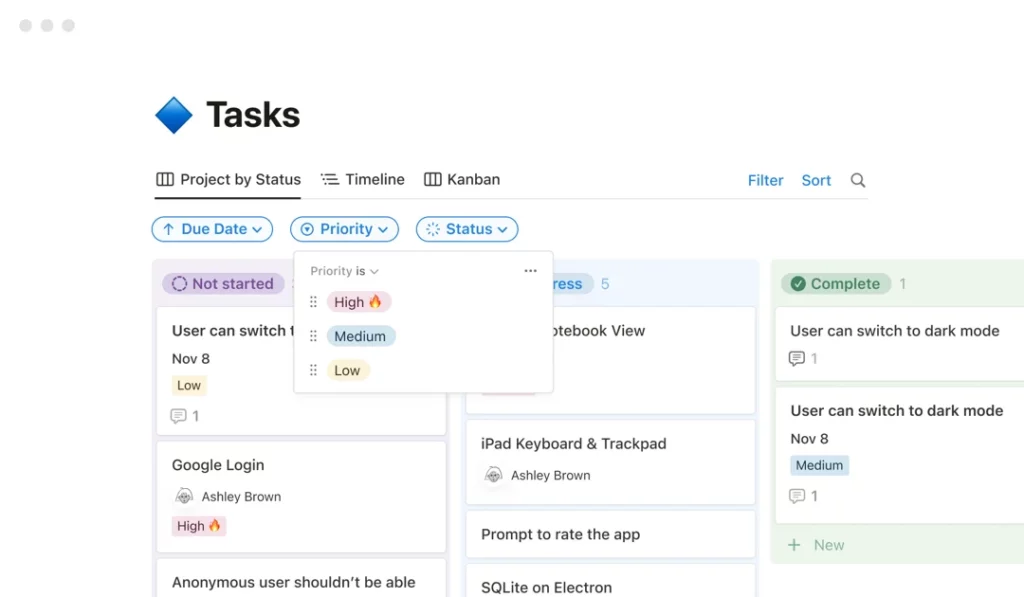
Asana, in contrast, offers a more structured and streamlined approach to project and task management. It excels in automating routine tasks and workflows, and it provides a variety of views like Kanban boards and Gantt charts for project tracking. Asana is particularly strong in team collaboration, offering features like internal chat, comments, and a workload management tool.
Asana is also well-suited for Agile methodologies, supporting features like sprint planning and bug tracking. However, it has limitations in task assignment as tasks can only be assigned to one user at a time. This might require creating redundant tasks for collaborative work.
Customization
Notion is renowned for its high level of customization, which is one of its most distinguishing features. It allows users to tailor almost every aspect of their workspace to their specific needs and preferences, no matter the team size.
Notion’s users can create custom templates, databases, and workflows that cater to their unique project requirements. This could range from designing a simple task list to building a complex project management system with embedded documents, databases, and attached files.
However, this high degree of customization can be overwhelming for some users, especially those who prefer a more straightforward, ready-to-use interface. It requires a significant time investment upfront to set up and maintain the system.
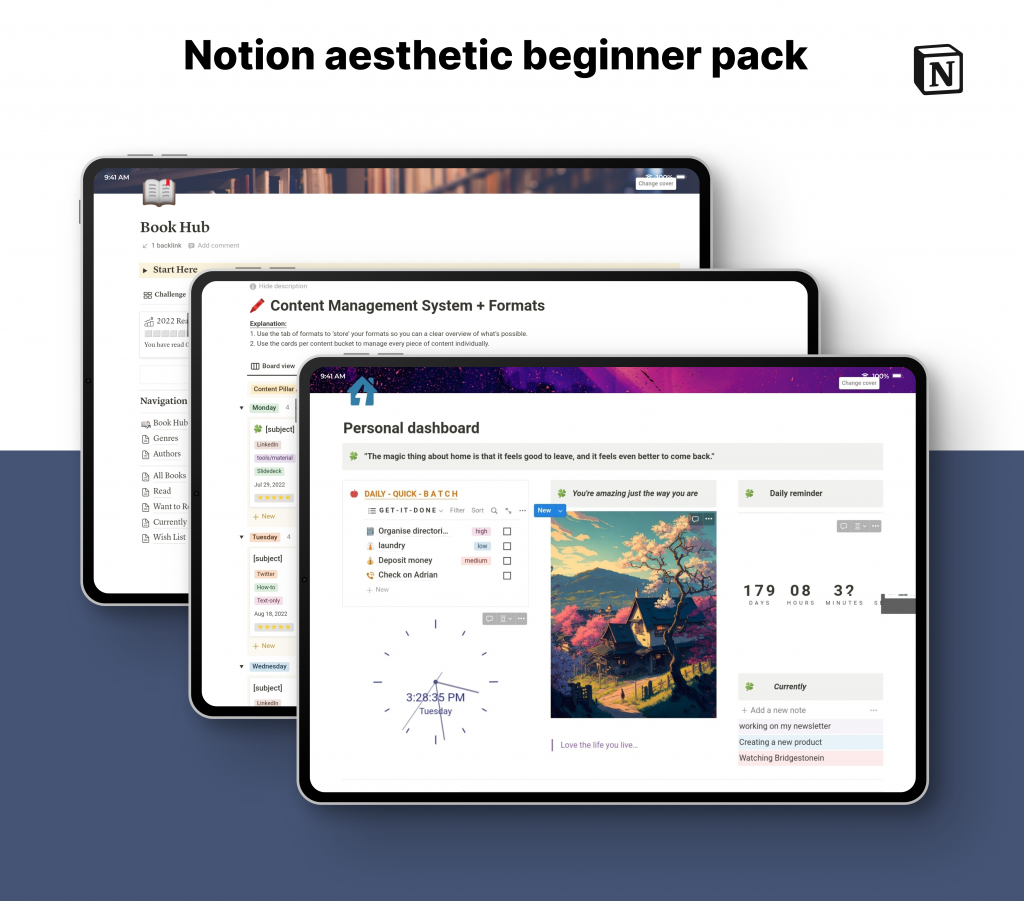
Asana, while less flexible than Notion in terms of customization, offers a structured and user-friendly approach. It provides a range of predefined templates and views but with limited options for deep customization.
It allows users to customize tasks and projects within a defined framework. This includes setting up custom fields, project templates, and workflow automations.
Asana’s customization features are geared towards enhancing productivity without overwhelming users with too many options.
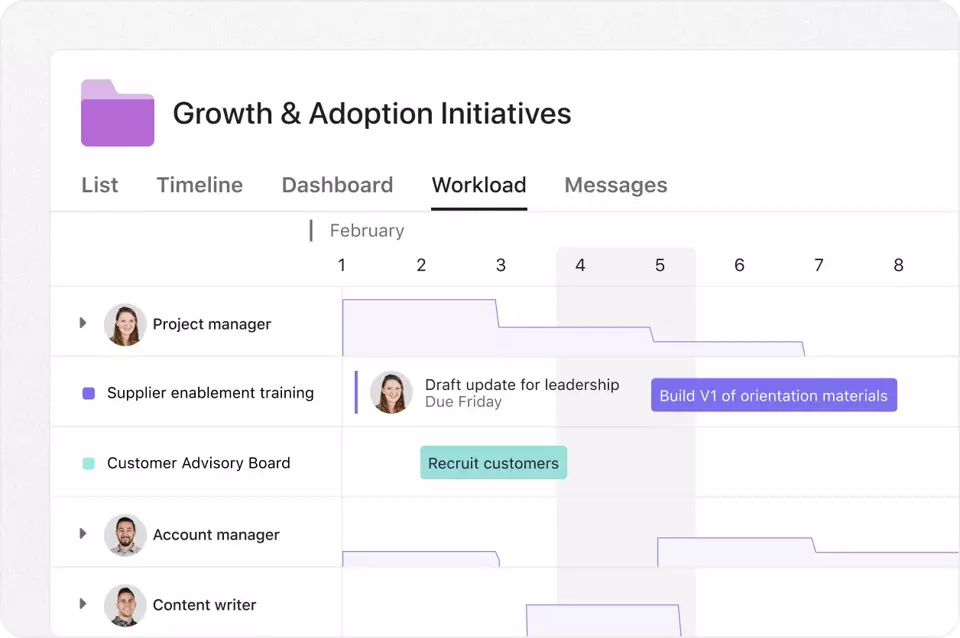
Collaboration
Notion provides a fundamental set of collaboration tools which include commenting, file management, notification management, and team roles.
These features are essential for collaborative work, allowing team members to communicate effectively and manage shared documents and tasks. However, it lacks some of the more advanced team management and collaboration features found in traditional project management tools.
Asana is known for its powerful collaboration features. It allows tasks to be assigned to team members. Users can follow tasks, use hyperlinks within tasks, and engage in discussions through a dedicated forum.
This platform is designed to streamline communication within teams, providing tools like internal chat, comments, likes, and approvals. Asana also includes a workload management tool that helps in assessing and distributing team workloads effectively.
The platform is particularly strong in automating routine workflows, with triggers for actions based on changes in data, notifications, and outcomes. Asana’s collaboration strengths lie in its structured approach to task and project management, making it a more traditional project management tool compared to Notion.
Conclusion
In conclusion, both Notion and Asana are robust project management tools, each with its unique strengths and features catering to different user needs.
👉 Notion, with its unparalleled customization capabilities, is ideal for those who seek a flexible workspace that can be tailored to a variety of use cases, from simple task management to complex project planning with real-time collaboration.
👉 Asana, with its more structured and intuitive approach, excels in traditional project management aspects. It offers powerful collaboration features, extensive integrations, and robust automation capabilities, making it particularly appealing for teams looking for a streamlined, task-focused project management experience.
For those inclined towards Notion’s adaptable environment but looking to enhance its functionality and automate it with more tools, we offer a valuable resource: 2sync.
With 2sync, you can fully integrate Notion in a 2-way sync with other tools like Google Calendar and Todoist. This integration allows you to centralize your workflow, bringing together all your tasks, calendars, and projects in a unified and coherent system that will help you save time.


